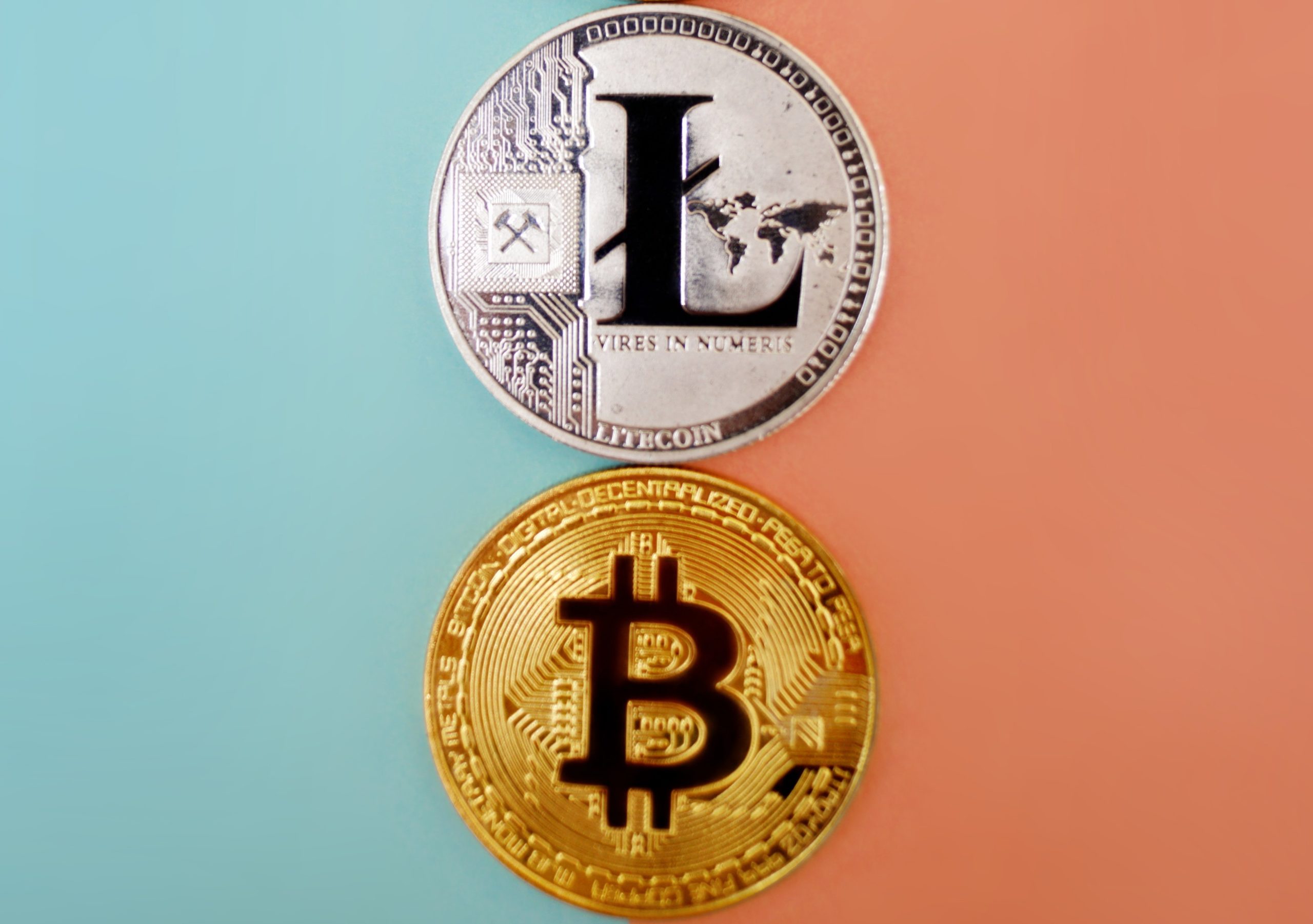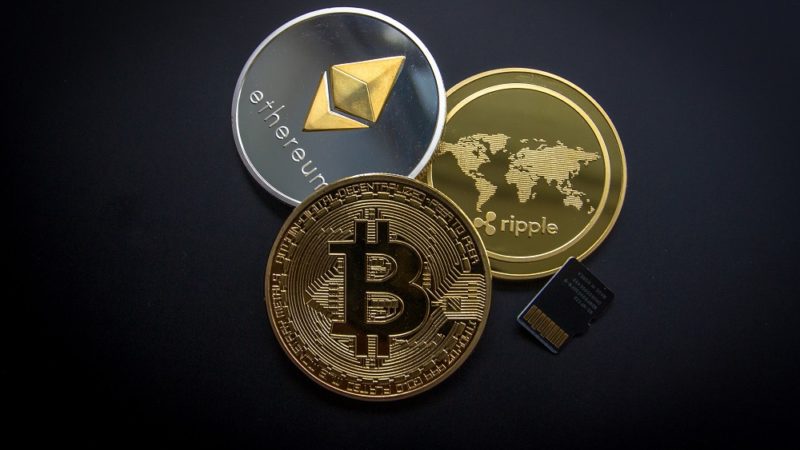What is the Difference Between Litecoin & Bitcoin?

In 2009, Satoshi Nakamoto was the one who introduced Bitcoin as the first cryptocurrency of the world. The associated code is open source that means it is possible to be modified by anyone and can be freely used for other projects. A lot of cryptocurrencies have been launched with different versions of this code, with differentiated levels of success.
Litecoin was declared in 2011 with the aim of being the ‘silver’ to Bitcoin’s ‘gold.’ Litecoin has already attained the highest market cap of any mined cryptocurrency after Bitcoin.
The following are some of the crucial differences between Bitcoin and Litecoin.
Differences at a glance
| Attributes | Bitcoin | Litecoin |
| algorithm | SHA-256 | Scrypt |
| coin limit | 21 million | 84 million |
| block reward details | Halved every 210,000 blocks | Halved every 840,000 blocks |
| mean block time | 10 minutes | 2.5 minutes |
| difficulty retarget | 2016 block | 2016 blocks |
| initial reward | 50 BTC | 50 LTC |
| current block reward | 25 BTC | 50 LTC |
| block explorer | blockchain.info | block-explorer.com |
| created by | Satoshi Nakamoto | Charles Lee |
| date of creation | January 3, 2009 | October 7, 2011 |
| market cap | $10,467,596,650.78 | $540,274,528.26 |
Differences in mining
Similar to Bitcoin, Litecoin is a cryptocurrency that is created by mining. Litecoin was introduced in October 2011 by Charles Lee, the former Google engineer. The aim of creating this was to improve over Bitcoin. The critical difference for end-users is the 2.5 minute time to create a block, in comparison to Bitcoin’s 10 minutes.
For miners and activists, though, Litecoin’s much more significant difference from Bitcoin is its completely different proof of work algorithm. Bitcoin functions on the SHA-256 hashing algorithm that includes calculations that can be accelerated in parallel processing. This characteristic has given rise to the high race in ASIC technology and has introduced an exponential increase in Bitcoin’s complicacy level.
Litecoin, though, uses the scrypt algorithm – called s-crypt, yet pronounced as ‘script.’ Scrypt incorporates the SHA-256 algorithm, but its calculations are more serialized than those of SHA-256 while using Bitcoin. Scrypt supports large amounts of high-speed RAM, instead of just raw processing power. As an outcome, scrypt is also called a ‘memory hard problem.’
Due to the growing usage of scrypt, it’s not been much of an ‘arms race’ in Litecoin, as there is no ASIC technology present for this algorithm. Though, this is about to change soon because of the support of the companies such as Alpha Technologies that are now receiving preorders.
‘State of the art’ Litecoin mining rigs exist in the form of custom PCs set with multiple graphics cards. These devices can manage the calculations required for scrypt and have access to fast memory built into their circuit boards.
There was a period when people could use GPU mining for Bitcoin, but ASICs have proved this process not worth the effort.
Differences in Transaction
The key difference is that Litecoin is able to confirm transactions faster than Bitcoin. The implications are:
- Litecoin can maintain a higher volume of transactions due to its faster block generation. If Bitcoin has to match this, it would have required significant updates to the recent code.
- The drawback of this higher volume of blocks is that the blockchain associated with the Litecoin will be larger than that of Bitcoin’s, including more orphaned blocks.
- The increased block time of Litecoin decreases the risk of double-spending attacks; it is theoretical while both networks have equal hashing power.
- A merchant who waits for a minimum of two confirmations would only have to wait five minutes, while they would need to wait 10 minutes for just one confirmation with Bitcoin.
Transaction speed and confirmation speed are often acclaimed as points of discussion by several involved in Bitcoin, as most traders/merchants would allow zero-confirmation transactions for most of the purchases. It is essential to consider that a transaction is instant; it is only confirmed by the network as it propagates.






